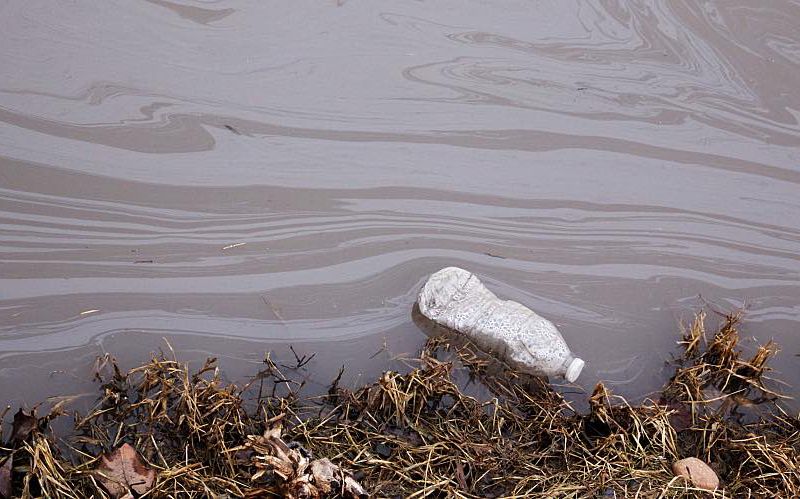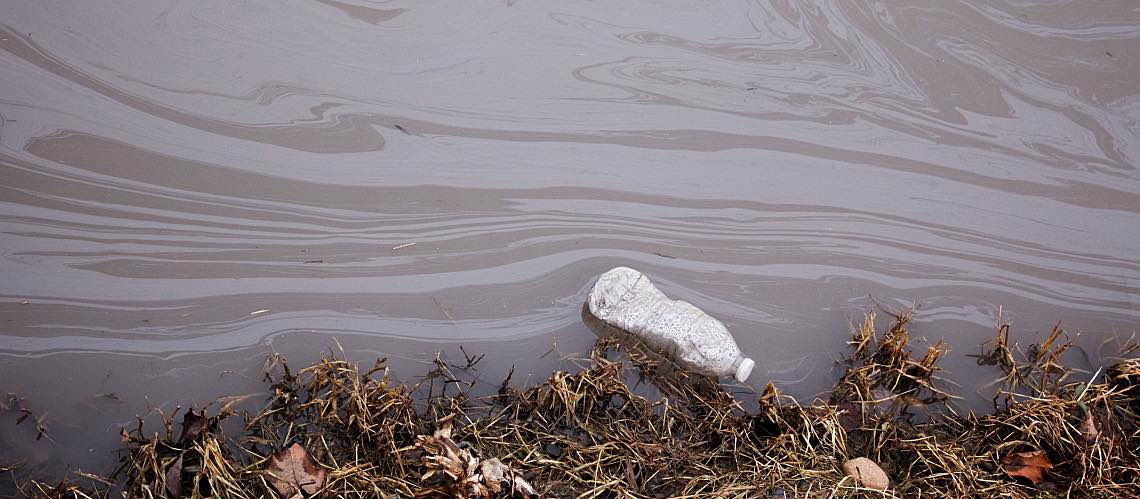New Report Shows Widespread PFAS Pollution in U.S. Surface Waters


An October 2022 report from the Waterkeeper Alliance reveals that per- and polyfluoroalkyl substances (PFAS) contamination is pervasive in U.S. surface waters, with dangerous implications for public health.
PFAS are synthetic chemicals found in many industrial and consumer products including non-stick cookware, water-repellent materials, and food packaging. Dubbed "forever chemicals" because they don't break down, these compounds accumulate in the body and the environment and may increase the risk of cancer, fertility issues, and other health problems.
In this article, we examine what's in the new Waterkeeper Alliance Report, including key findings, national hotspots, and recommendations to help reduce the risk to the public.
What the Study Reviewed
The U.S. Environmental Protection Agency (EPA) has set interim standards for a handful of PFAS in drinking water, but no comprehensive survey has been done to understand the extent of contamination. In 2022, over 100 U.S. Waterkeeper groups conducted sampling at 228 locations in 34 states and Washington, D.C. to better understand the prevalence of these harmful chemicals in U.S. surface waters.
Sampling was conducted both upstream and downstream of suspected contamination sources. Each sample was analyzed for 55 different compounds, representing the largest survey to date of these chemicals in U.S. waterways.
Key Report Findings
The report details pervasive PFAS contamination nationwide, with at least one compound detected in 83% of sampled waterways. The most frequently detected substances were perfluorooctanoic acid (PFOA) and perfluorooctyl sulfonate (PFOS), which were found in 70% of samples.
In many cases, these compounds were detected at levels far above EPA Health Advisory Levels. What's more, multiple compounds were found in the majority of samples. Non-detectable samples were mostly found in rural and undeveloped areas—and where contamination may be above EPA limits but below testing detection limits. The states with the highest number of detections were:
- Maryland.
- Georgia.
- Florida.
- North Carolina.
- California.
- Alabama.
The report identified several potential sources of contamination, including landfills, airports, industrial sites, and wastewater treatment facilities. The report writers note that roughly 30,000 facilities release these chemicals, and yet the Clean Water Act puts no federal limits on such releases.
Report Recommendations
The report sets out five critical recommendations for addressing the issue of PFAS contamination. These include:
- Passing new regulations under the Clean Water Act to restrict the release of these chemicals into surface waters and wastewater treatment facilities (which release effluent into surface waters).
- Setting national drinking water limits for PFOA and PFOS, conducting ongoing monitoring, and looking at additional groups of concern.
- Conducting coordinated monitoring of surface waters, groundwater, and drinking water to better identify contamination as part of the EPA's National Aquatic Resource Surveys.
- Improving analytical methods for detecting various PFAS.
- Implementing and enforcing new laws to hold polluters accountable for discharges and cleanup as well as leveraging existing hazardous substances regulation (e.g., Superfund).
What Water Labs Need To Know
The report frequently references the EPA's PFAS Strategic Roadmap, which lays out agency actions and timelines aimed at addressing the public health threats from these chemicals. Part of this plan has been the agency's fifth Unregulated Contaminant Monitoring Rule (UCMR 5). Under UCMR5, public water systems will be required to collect samples for analyzing 30 of these contaminants between 2023 and 2025.
The goal is to collect baseline data on the frequency and distribution of PFAS in drinking water supplies nationwide, helping to guide future EPA action. In essence, all public water systems serving more than 3,300 customers will need to conduct sampling. EPA will randomly select 800 smaller public water systems (serving fewer than 3,000 customers) to conduct sampling and will pay for monitoring costs at these facilities.
The agency has established a UCMR 5 laboratory approval program for labs interested in participating in the monitoring effort. Labs certified under the program must comply with the quality assurance and quality control requirements outlined in the relevant EPA methods and undergo onsite and/or remote lab audits. A robust internal audit program can help labs ensure they maintain their approval status as well as provide the most reliable data possible.
PFAS contamination is a serious concern today, with an estimated 200 million Americans at risk of exposure. As EPA efforts continue to define the extent of contamination and enact new laws around these chemicals, water labs will play a key role to play in protecting public health. As an important safeguard for local communities, lab managers should continue to stay abreast of emerging regulations and public water systems testing requirements as knowledge of these harmful chemicals evolves.






